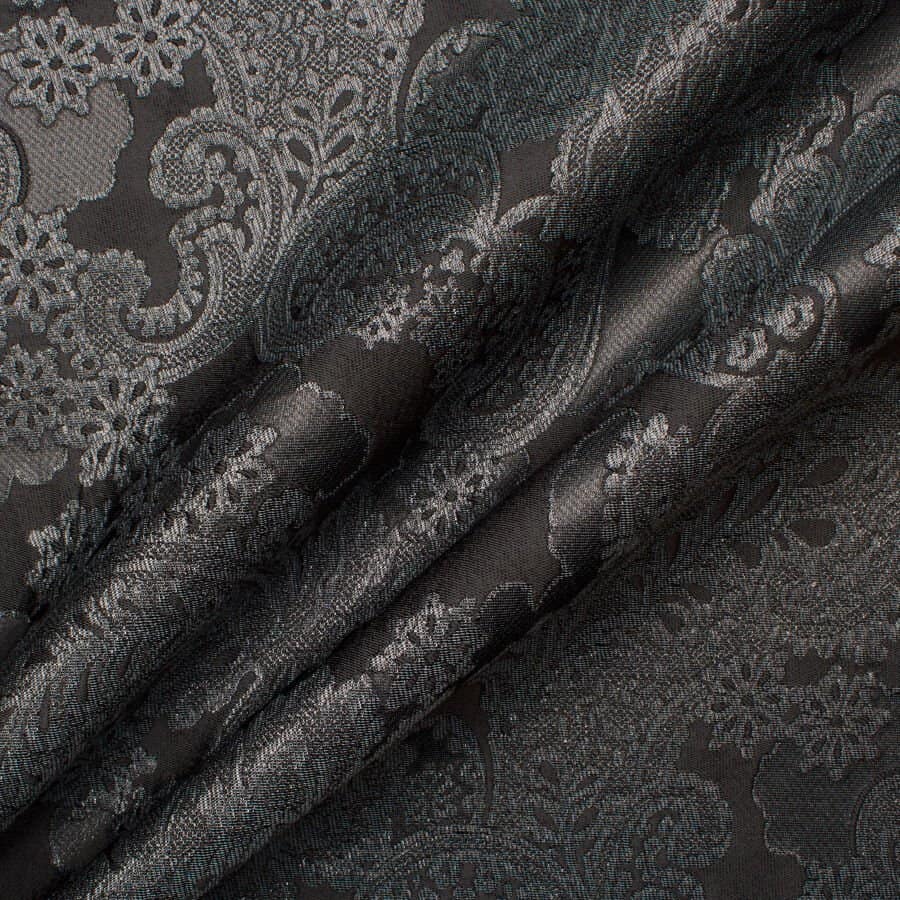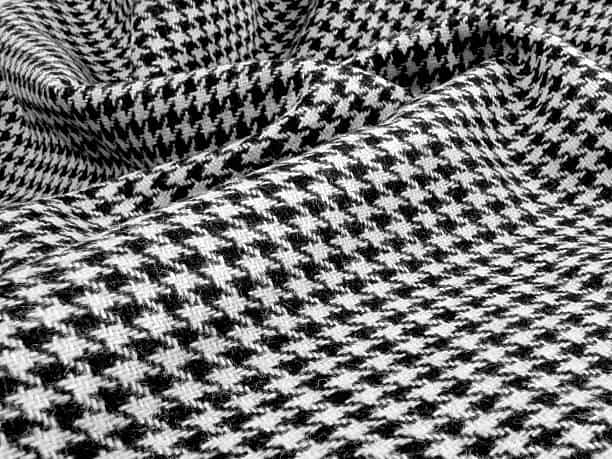
The Five Suits To Buy First

3 Summer Kits Available Now
Worsted
A smooth woollen yarn made from long-staple fibres, worsted makes a smooth cloth that is commonly used in formal suits. It is named after the town of Worstead in Norfolk, UK.
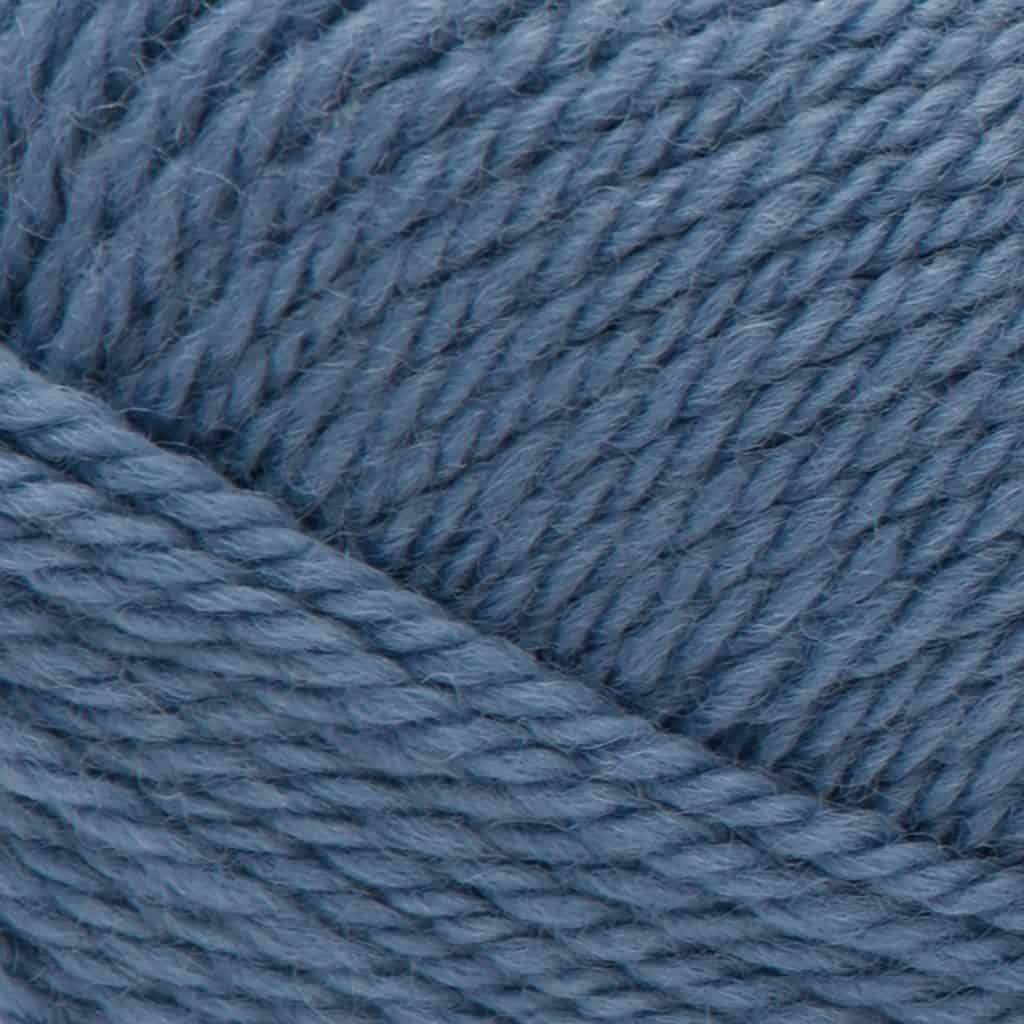
Tweed
An often colourful, rough woollen fabric originating from Scotland’s Outer Hebrides and the northern tip of Ireland. Synonymous with country pursuits.



Velvet
A rich, luxurious fabric often used in eveningwear, it is made from a looped cloth that is cut and then brushed for a soft texture.


Corduroy
A napped fabric constructed in a similar way to velvet, only with raised ridges or “wales”. Usually made from cotton.
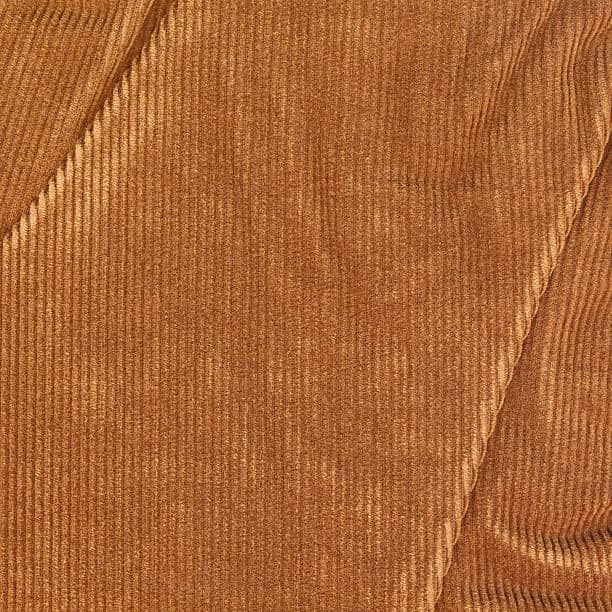

Flannel
A soft, napped cloth usually made from wool, it is a popular choice for casual cold-weather suiting.

Linen
A lightweight textile made from the fibres of the flax plant. Because of its breathable qualities, linen is the perfect material for hot weather.
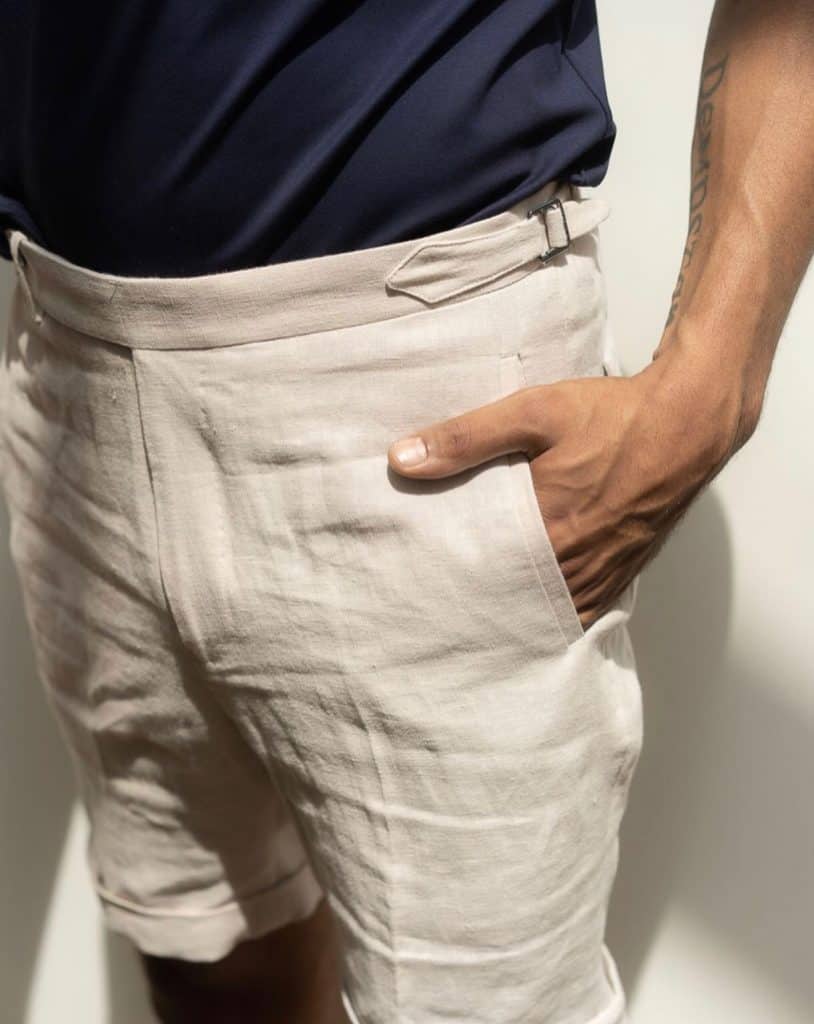
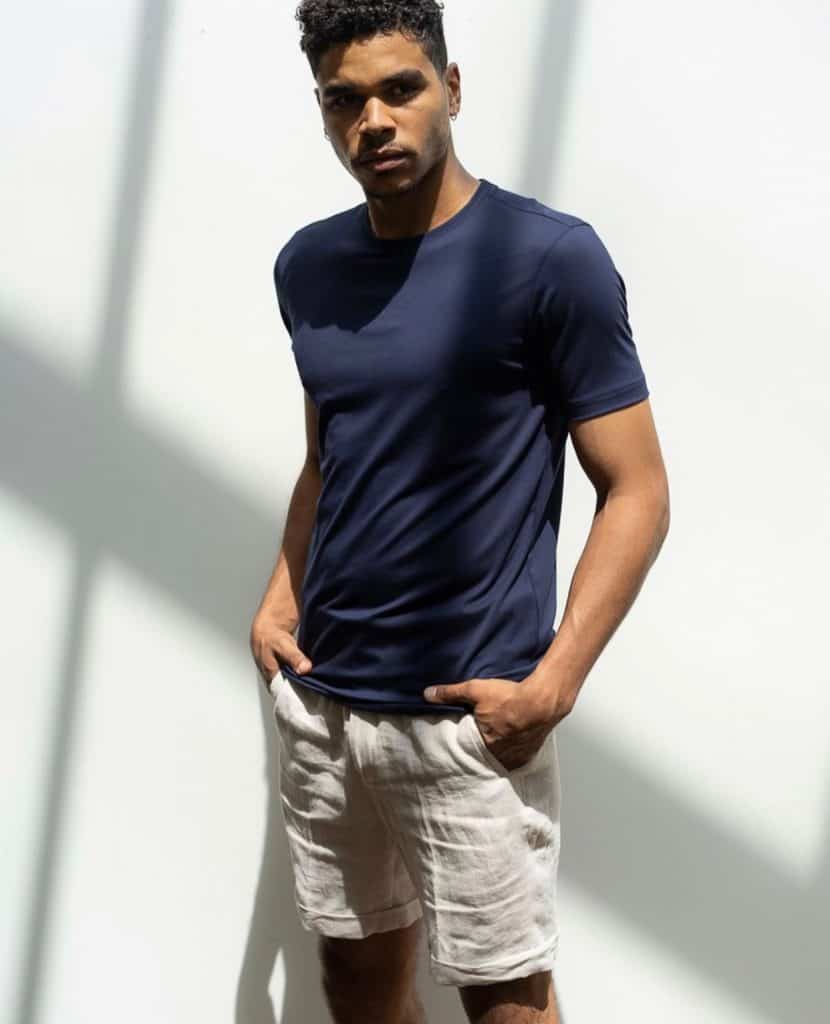
Cashmere
A very fine wool sourced from the undercoat of the cashmere goat.
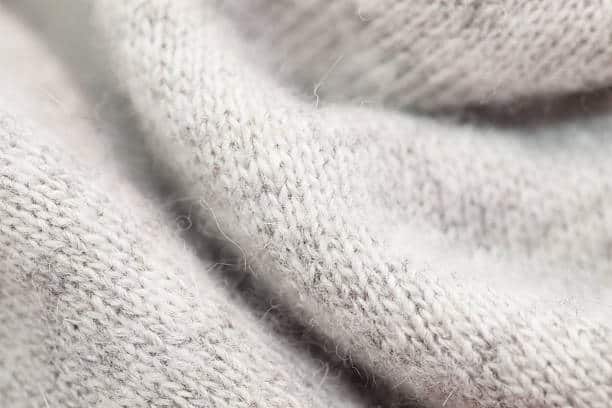
Merino wool
A fine wool sourced from the Merino sheep. Much prized for its naturally breathable properties.
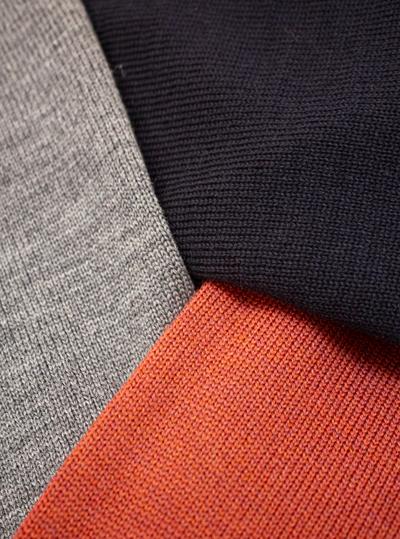
Super 60s, 80s, 100s, etc.
A categorization used to describe the fineness of woollen fibres. Anything higher than 100s makes a very fine, lightweight fabric that can feel almost like silk.
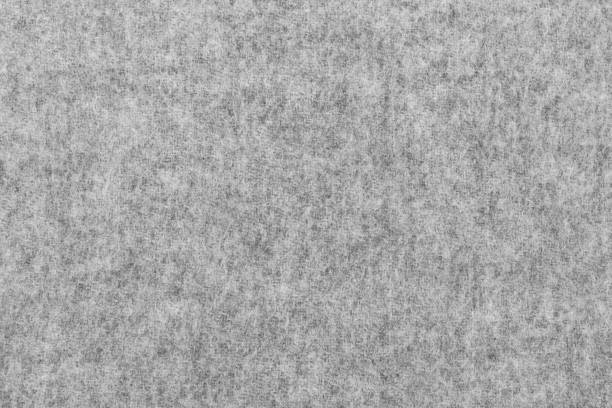
Twill
A weaving method distinct from open weave, twill is easily distinguishable by its pattern of diagonal ribs. Drill, herringbone, houndstooth and denim are all examples of twill-woven fabric.
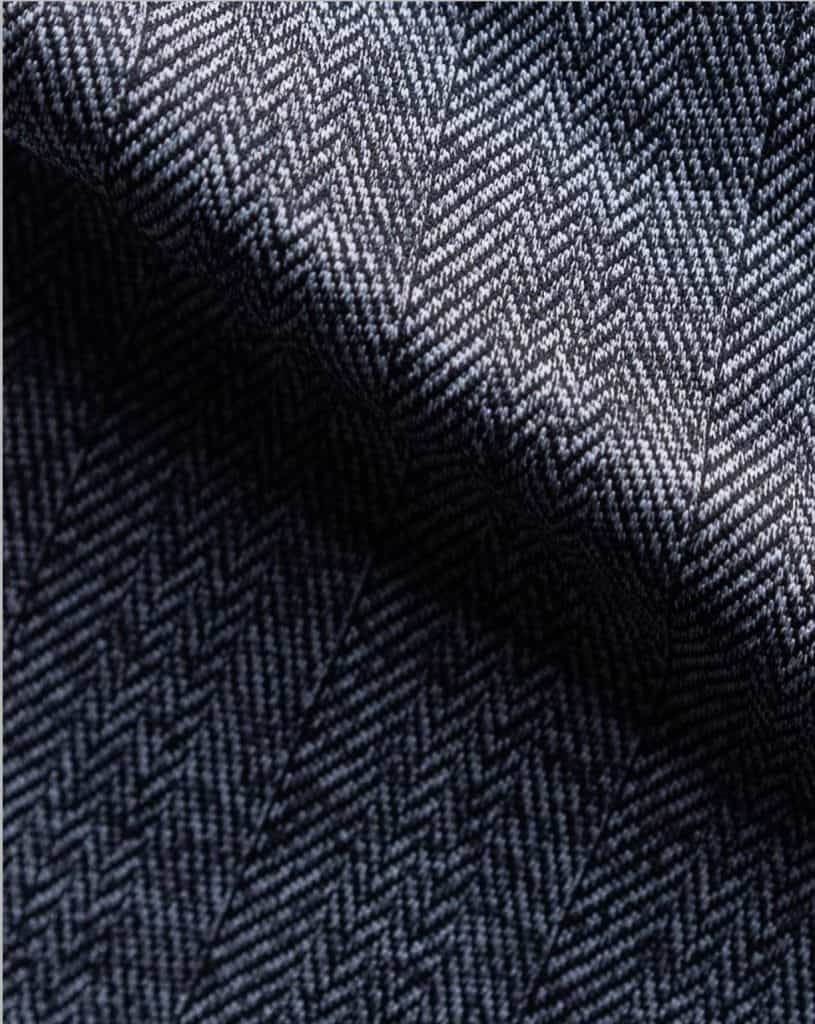

Gabardine
A tightly woven twill with a diagonally ridged surface, gabardine is traditionally made from either worsted wool or cotton. Cotton gabardine is very durable and has water-resistant properties, making it ideal for raincoats.
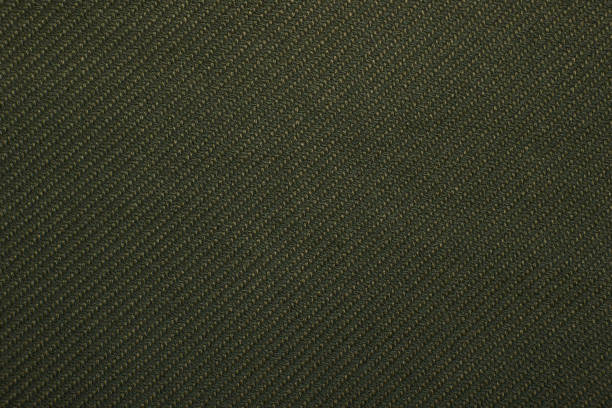
Hopsack
A type of basket weave popular in summer tailoring, it has breathable and crease-resistant qualities.

Seersucker
A slightly puckered cotton fabric traditionally worn in summer, especially in the southern US states. The name is derived from “shiroshakar”, which is Persian for “milk and sugar” and is said to refer to the smooth and rough textures of the fabric’s alternating stripes.

Stretch seersucker in St. Tropez. Inspired by classic style, a Seersucker suit is something you’d see JFK or Angelli wearing on a warmer day, on a cruise, or in this case, a wedding in the Mediterranean. Made of ultra lightweight cotton wool at 180grams, the fabric is perfect for humid afternoons but robust enough for cooler evenings.
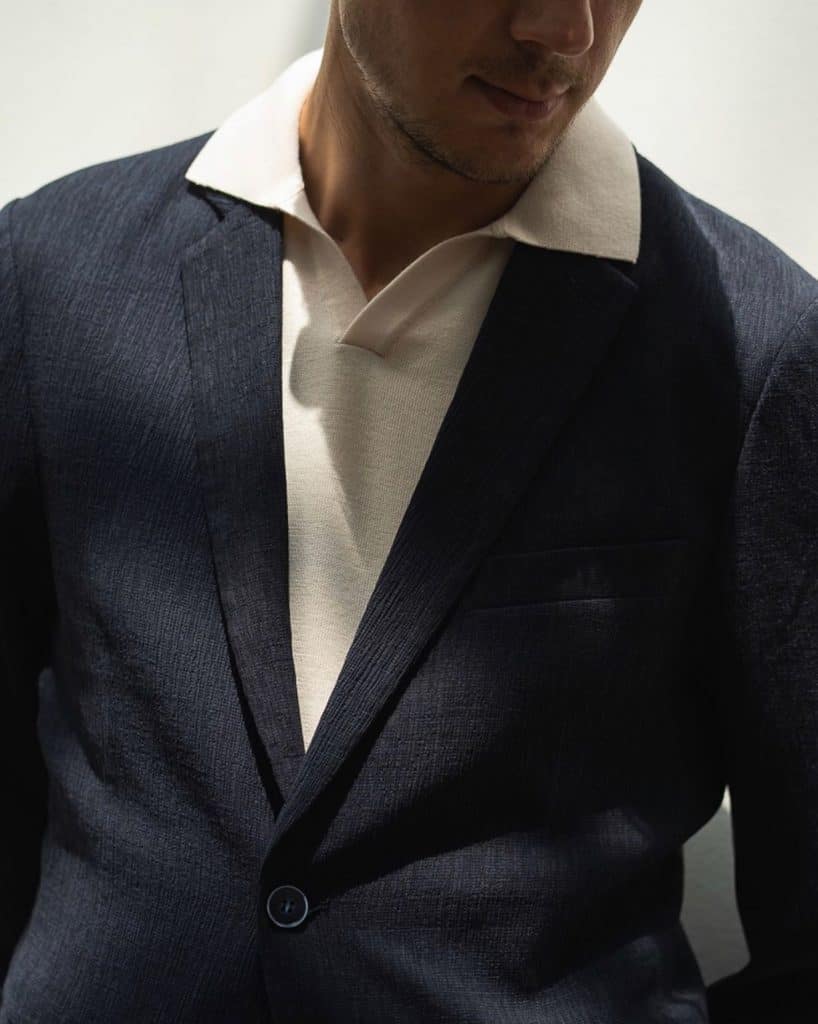
Herringbone
A V-shaped weaving pattern that resembles the bones of a herring fish. It is used in the manufacture of tweed and was also seen in US Army fatigues, where it was referred to as HBT or herringbone twill.

Houndstooth
A woven twill pattern with an abstract checked appearance. Commonly seen in black and white or black and grey duotone.


Pinstripe
A pattern of very fine vertical stripes that is traditionally associated with conservative business attire.
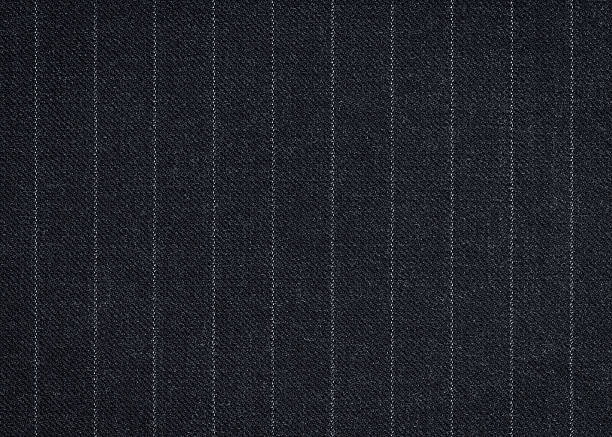
Chalk stripe
A cloth with slightly thicker stripes that are designed to resemble the lines drawn by a tailor’s chalk.
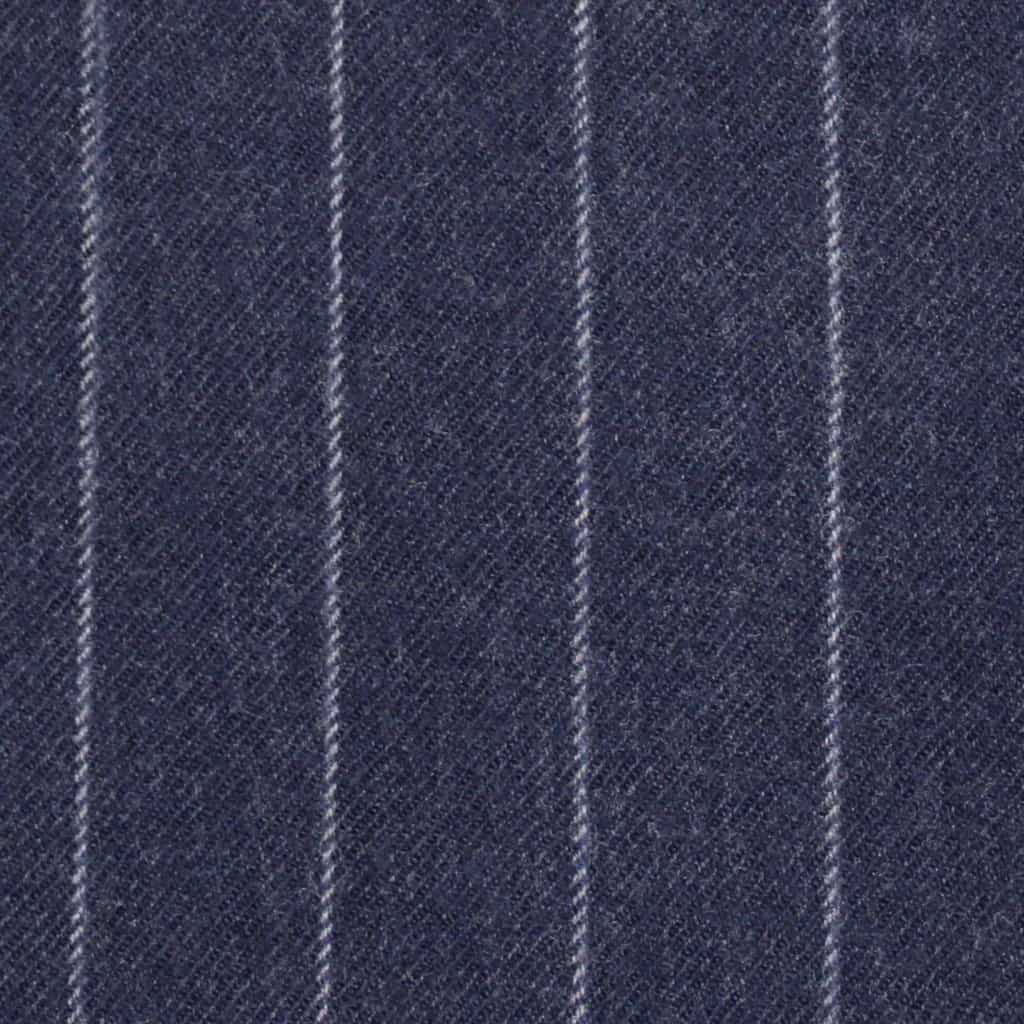
Windowpane check
A widely spaced check pattern that resembles the divided panes of windows, hence the name. This pattern makes a bold sartorial statement when worn with colour.
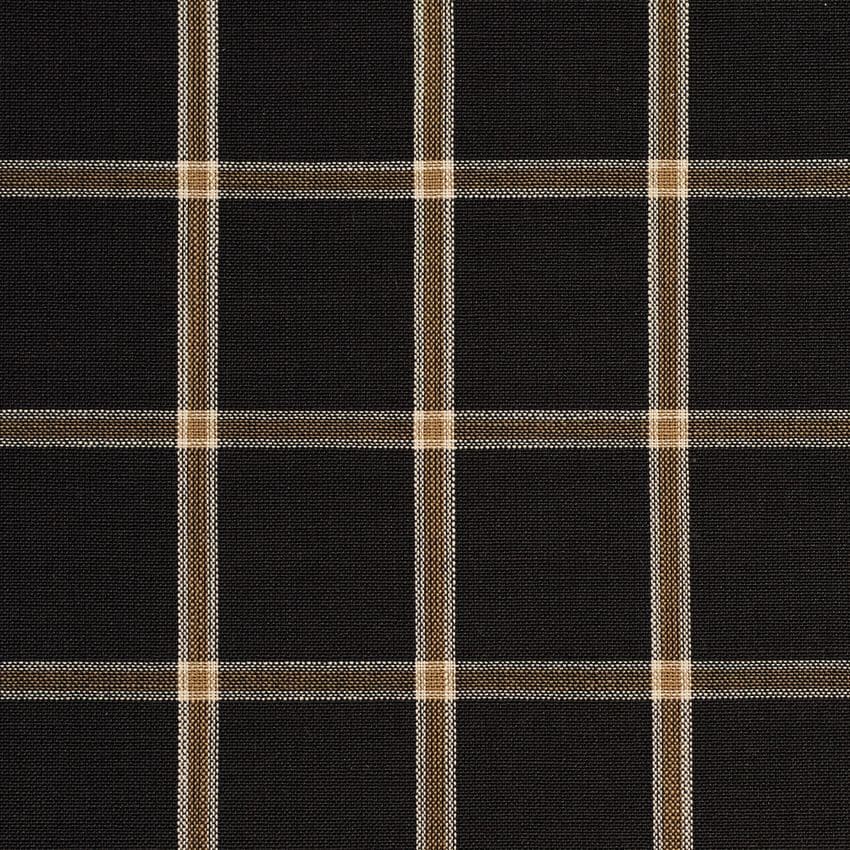
Tartan
A coloured check pattern particularly associated with Scotland, where it can be used as a signifier of a person’s clan. Tartan trousers, or “trews”, are a popular choice on formal occasions.

Prince of Wales check
A pattern of small and large checks made popular by the Duke of Windsor, Edward VIII, when he held the title of Prince of Wales. It is also known as Glen check, after the Glenurquhart Valley in Scotland where it was first made.
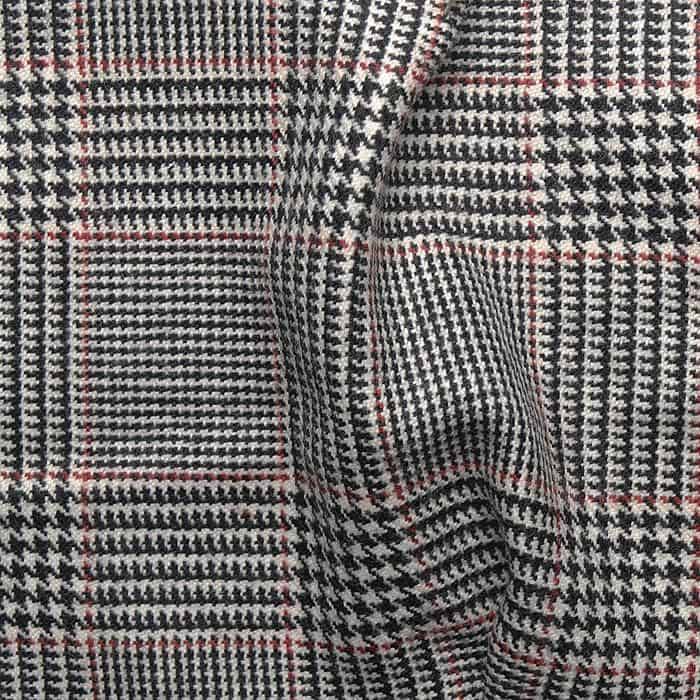

Brocade
A decorative technique whereby patterns are woven into the fabric, often with gold or silver thread or coloured silks. This gives the effect seen on elaborate tuxedo jackets.
